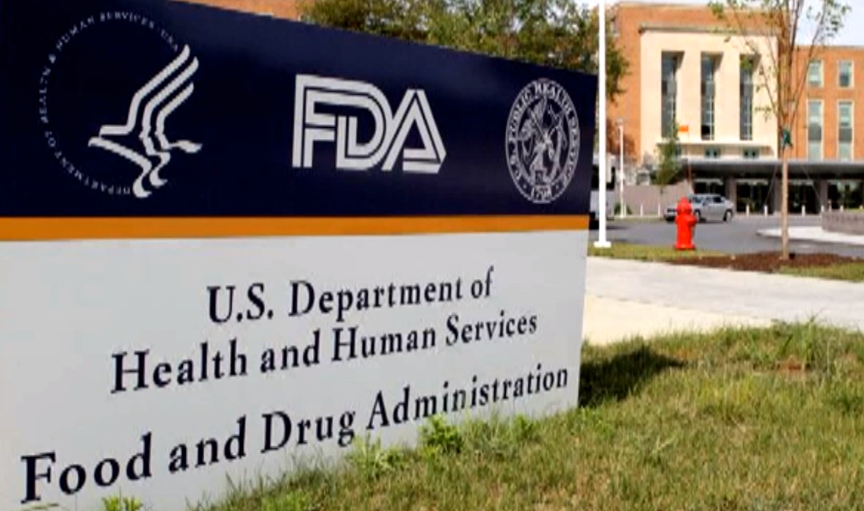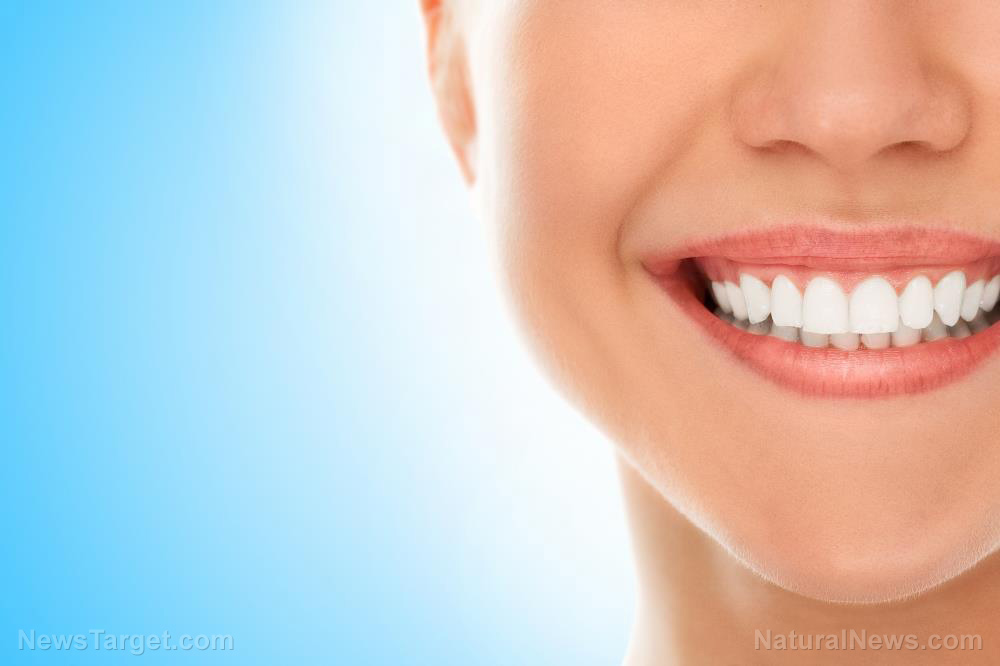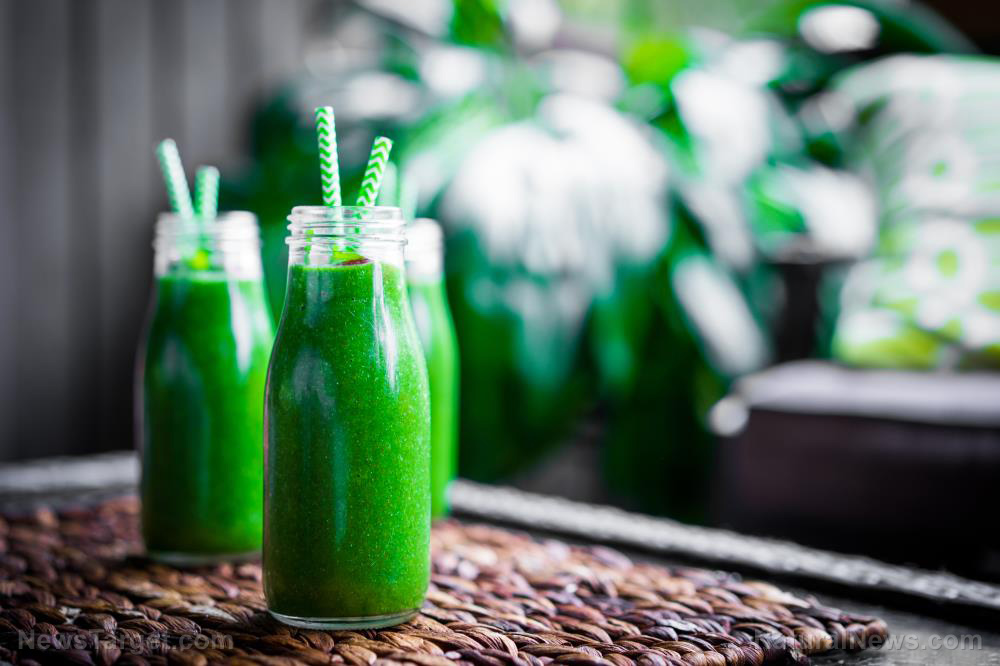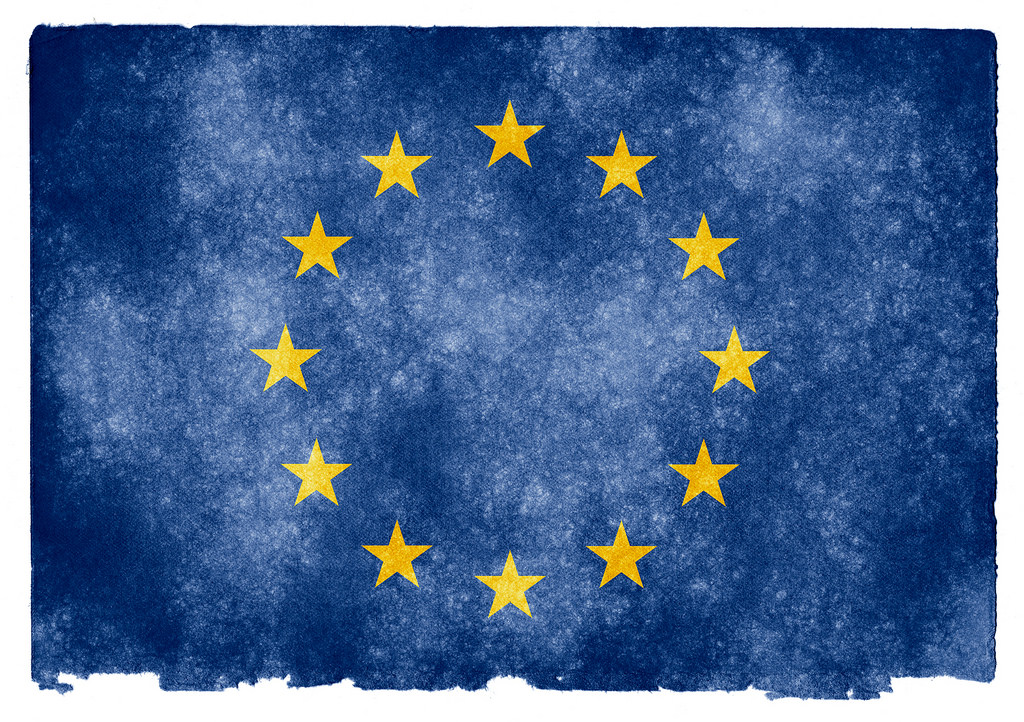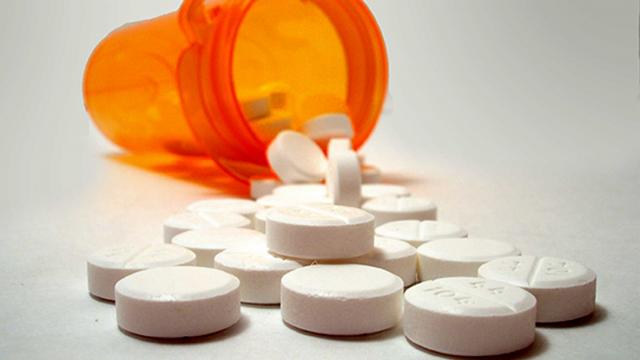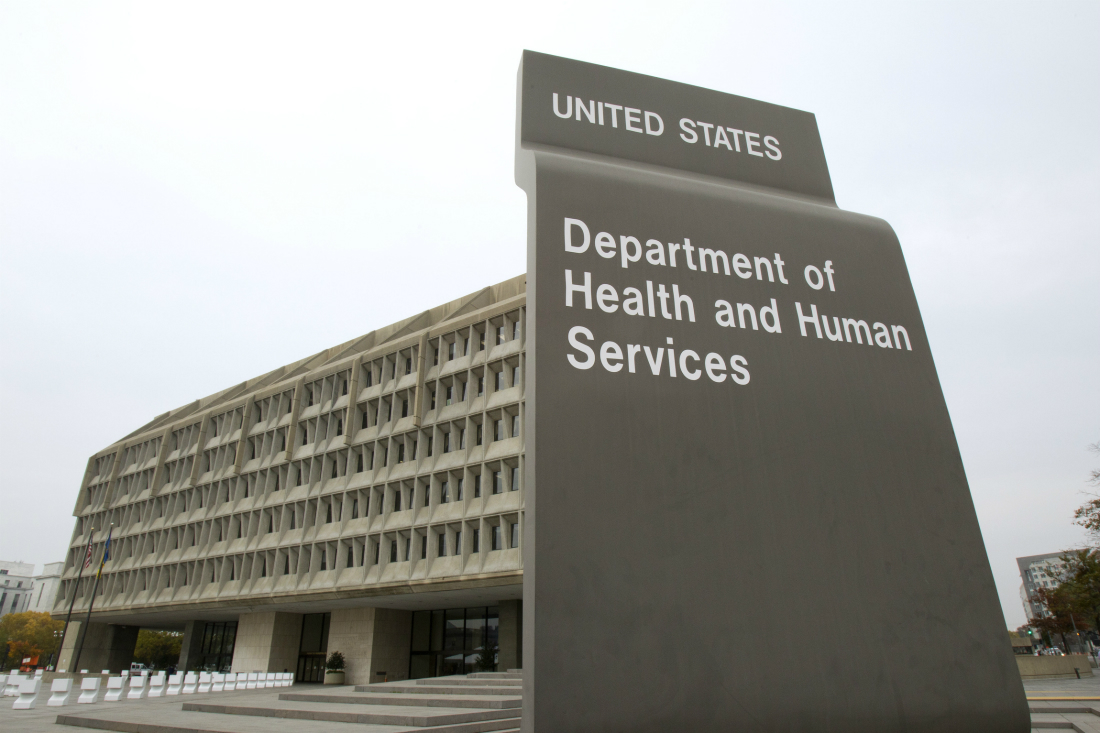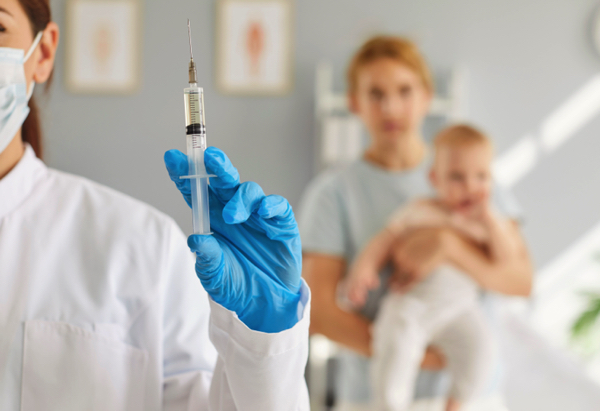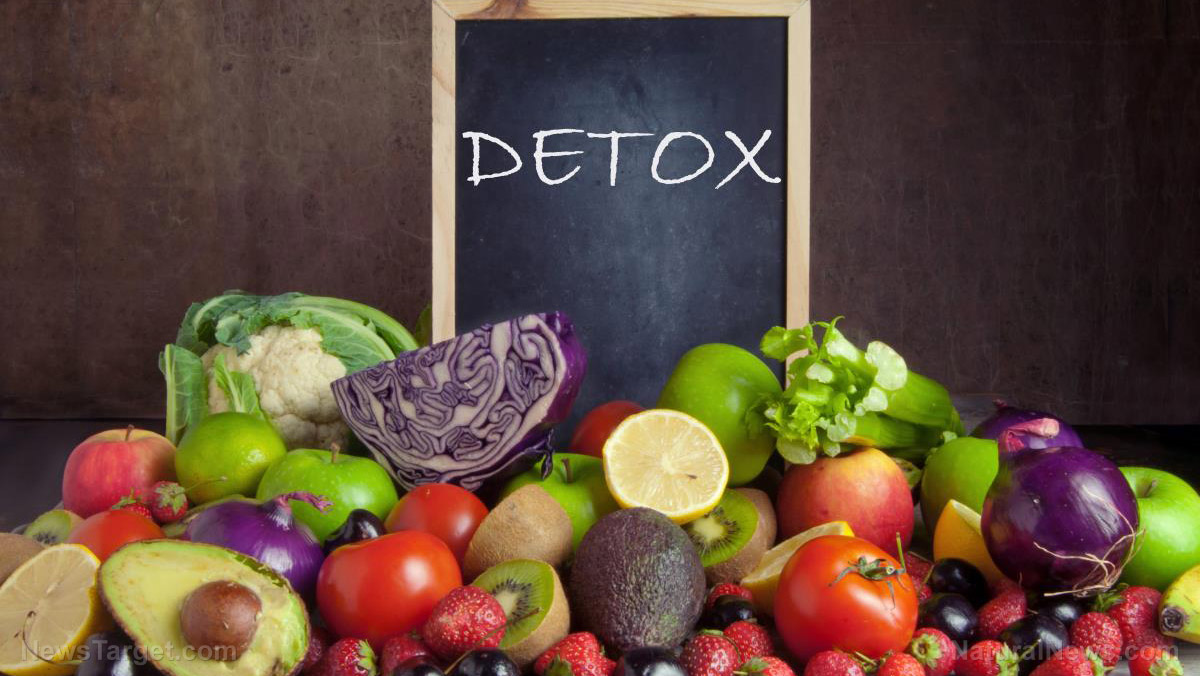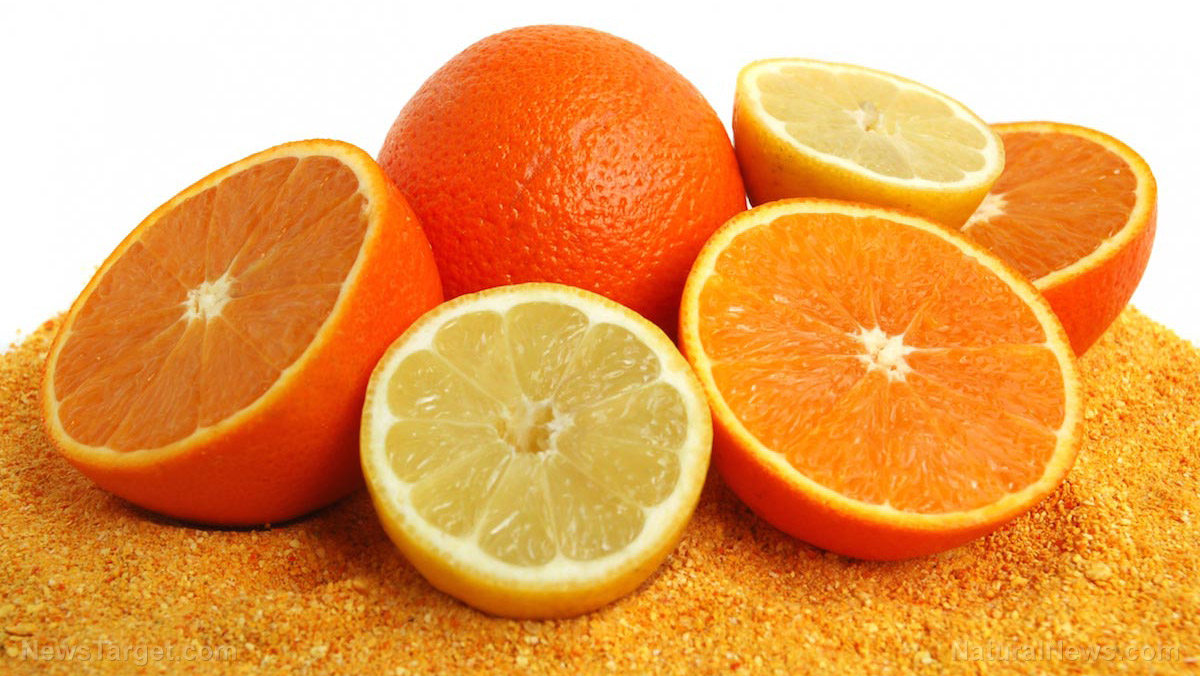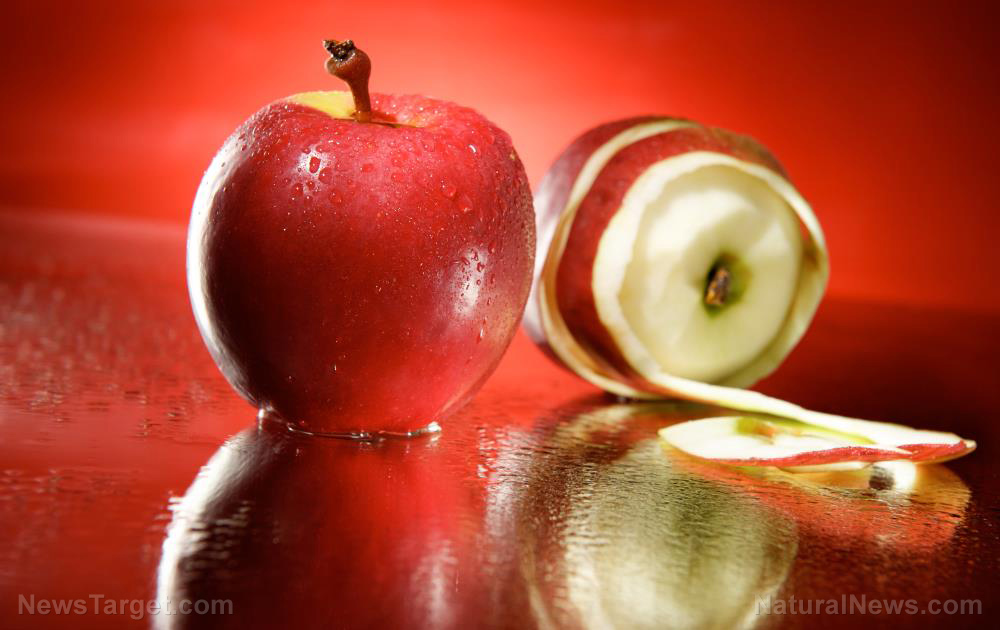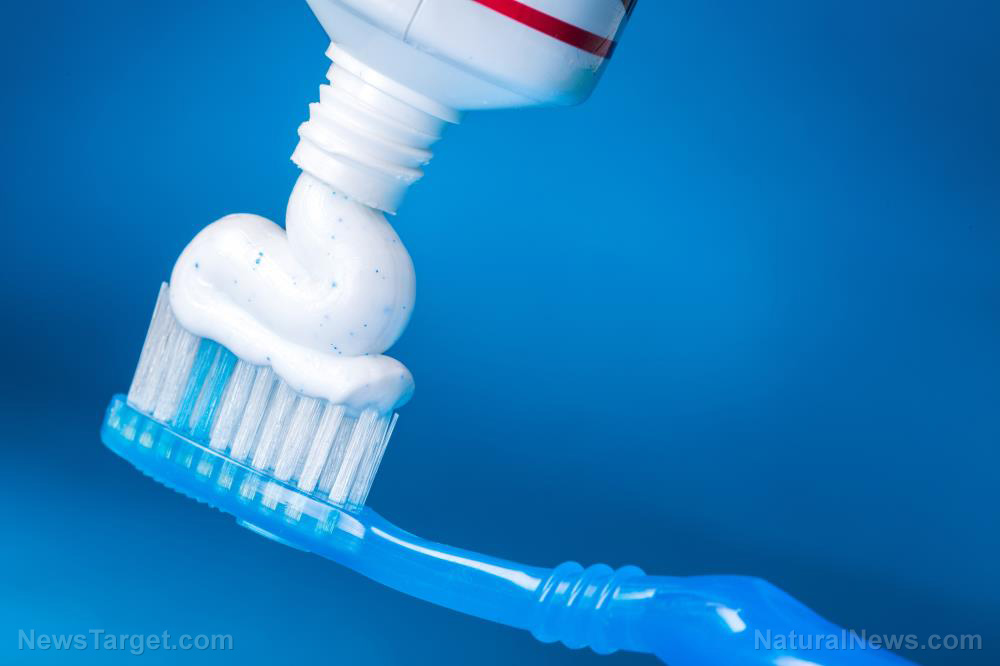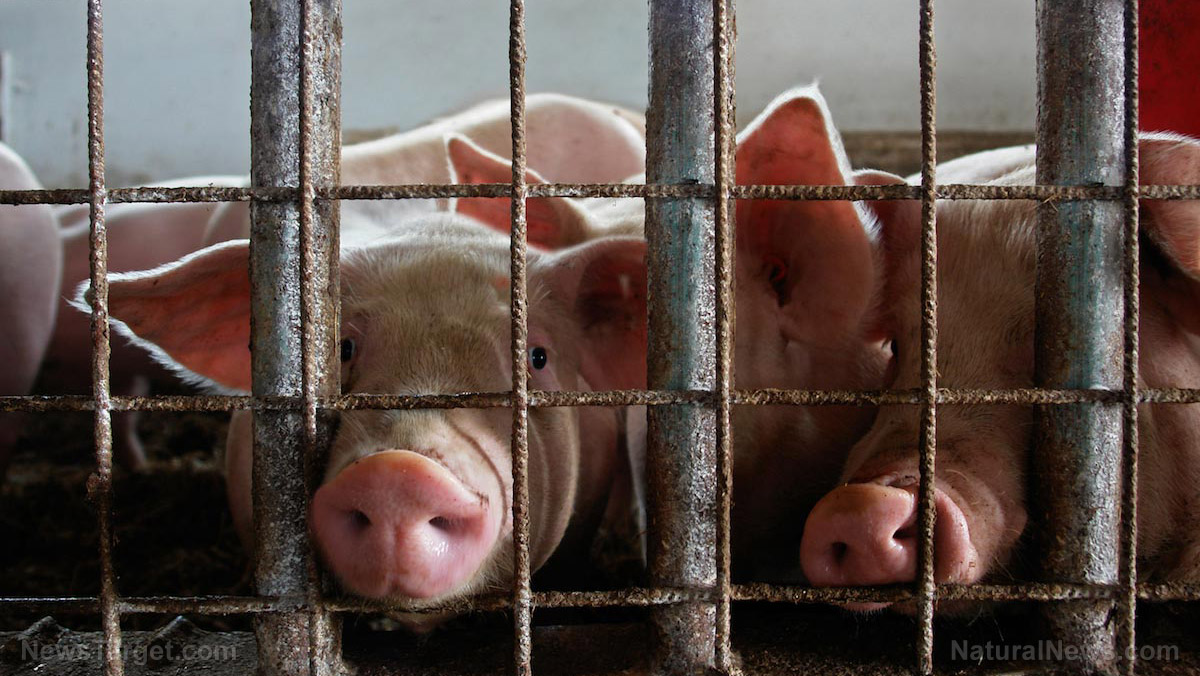Jorg Reichrath’s “Sunlight, Vitamin D and Skin Cancer” looks at the sunlight dilemma
05/12/2025 / By Kevin Hughes

- Sunlight’s UV radiation is a double-edged sword; while it is the primary cause of nonmelanoma skin cancer, short, intense exposures (like childhood sunburns) pose the highest risk, whereas chronic, less intense exposure may offer protective benefits without increasing melanoma risk.
- The health benefits of sunlight, particularly in preventing rickets through vitamin D production, have been known for centuries. Modern research in the 1980s by the Garland brothers suggested a link between sunlight exposure and reduced cancer mortality, though this theory was initially met with skepticism.
- Recent studies support the idea that higher levels of vitamin D are associated with a lower risk of several cancers, including colorectal cancer. Achieving adequate vitamin D levels through diet alone is difficult, making sun exposure or supplements important for most people.
- The optimal amount of sun exposure varies based on factors like skin type, time of day, season and location. For fair-skinned individuals, brief, regular sun exposure (5-15 minutes, 2-3 times a week) is often sufficient, followed by sunscreen application to prevent sunburn and reduce cancer risk.
- The relationship between sun exposure and skin cancer is complex, with some studies suggesting occupational sun exposure might decrease melanoma risk. Public health recommendations must balance the benefits of vitamin D production with the risks of skin cancer, promoting moderate, sun-safe exposure and considering vitamin D supplementation for those with higher risk or limited sun exposure.
In the eternal quest for health and vitality, few things are as universally cherished as a sunny day. The warmth of the sun on our skin evokes feelings of relaxation and well-being.
However, beneath this seemingly simple pleasure lies a complex and often contentious relationship between sunlight, vitamin D and skin cancer. This intricate interplay has been the subject of scientific debate for decades, and recent research is shedding new light on how we can best navigate this delicate balance.
At the heart of the matter is the dual nature of ultraviolet (UV) radiation from the sun. According to Jorg Reichrath’s book “Sunlight, Vitamin D and Skin Cancer,” while UV radiation is the primary risk factor for nonmelanoma skin cancer, not all exposure is equally harmful.
Short, intense bursts of UV radiation, particularly sunburns during childhood, pose the greatest risk. Conversely, chronic, less intense exposure has not been linked to melanoma and may even offer some protective benefits.
The importance of sunlight for health has been recognized for centuries. In the mid-1600s, doctors observed that children in industrialized cities suffered from rickets, a disease caused by vitamin D deficiency. It wasn’t until the early 20th century that scientists discovered that exposure to sunlight or artificial UV radiation could cure rickets, highlighting the crucial role of sunlight in bone health.
The connection between sunlight and cancer prevention gained traction in the 1980s when researchers Cedric and Frank Garland proposed that solar UVB radiation, through the production of vitamin D, could reduce cancer risk. Their studies showed an inverse correlation between sunlight exposure and mortality from various cancers, including colon, breast and prostate cancer. However, this theory was met with skepticism, as the ecological studies used were considered hypothesis-generating rather than conclusive.
Today, the evidence supporting the benefits of vitamin D is growing. Studies have shown that higher levels of vitamin D are associated with a lower risk of several cancers.
For instance, individuals with higher serum levels of 25-hydroxyvitamin D have a significantly lower risk of colorectal cancer. Yet, achieving these levels through diet alone is challenging, making sun exposure or supplements necessary for most people.
So, how much sun is enough? The answer is not one-size-fits-all. Factors such as skin type, time of day, season, and geographic location all play a role.
For fair-skinned individuals living at mid-latitudes, exposing arms and legs to sunlight for 5-15 minutes, two to three times a week, is often sufficient. However, once the recommended exposure is reached, applying sunscreen is crucial to prevent sunburn and reduce skin cancer risk.
The relationship between sun exposure and skin cancer is not straightforward. While excessive sun exposure is a known risk factor for nonmelanoma skin cancer, some studies suggest that occupational sun exposure might decrease the risk of melanoma, the deadliest form of skin cancer. This paradox has led to confusion and conflicting public health messages.
Adding to the complexity is the fact that people with darker skin tones, who have more melanin, are less efficient at producing vitamin D from sunlight. This puts them at a higher risk of vitamin D deficiency, which is associated with a higher incidence of certain cancers. However, they are also less likely to develop skin cancer due to the protective effects of melanin.
Public health recommendations must strike a balance between the benefits of sun exposure for vitamin D production and the risks of skin cancer. This may involve promoting moderate, sun-safe exposure and encouraging vitamin D supplementation for those who cannot get enough from sunlight alone.
In conclusion, the relationship between sunlight, vitamin D, and skin cancer is a multifaceted issue that requires careful consideration. While sunlight is essential for vitamin D production, excessive exposure can lead to skin cancer.
The key is to find a balance that maximizes the benefits while minimizing the risks. As always, consulting with a healthcare professional is the best approach to determine the optimal strategy for individual needs.
Watch this video about Jorg Reichrath’s book “Sunlight, Vitamin D and Skin Cancer.”
This video is from the BrightLearn channel on Brighteon.com.
Sources include:
Submit a correction >>
Tagged Under:
25-hydroxyvitamin D, cancer, Cedric Garland, Frank Garland, Jorg Reichrath, melanoma, rickets, skin cancer, solar UVB radiation, sun exposure, sunburn, sunlight, sunscreen, Ultraviolet, UV radiation, vitamin D
This article may contain statements that reflect the opinion of the author

